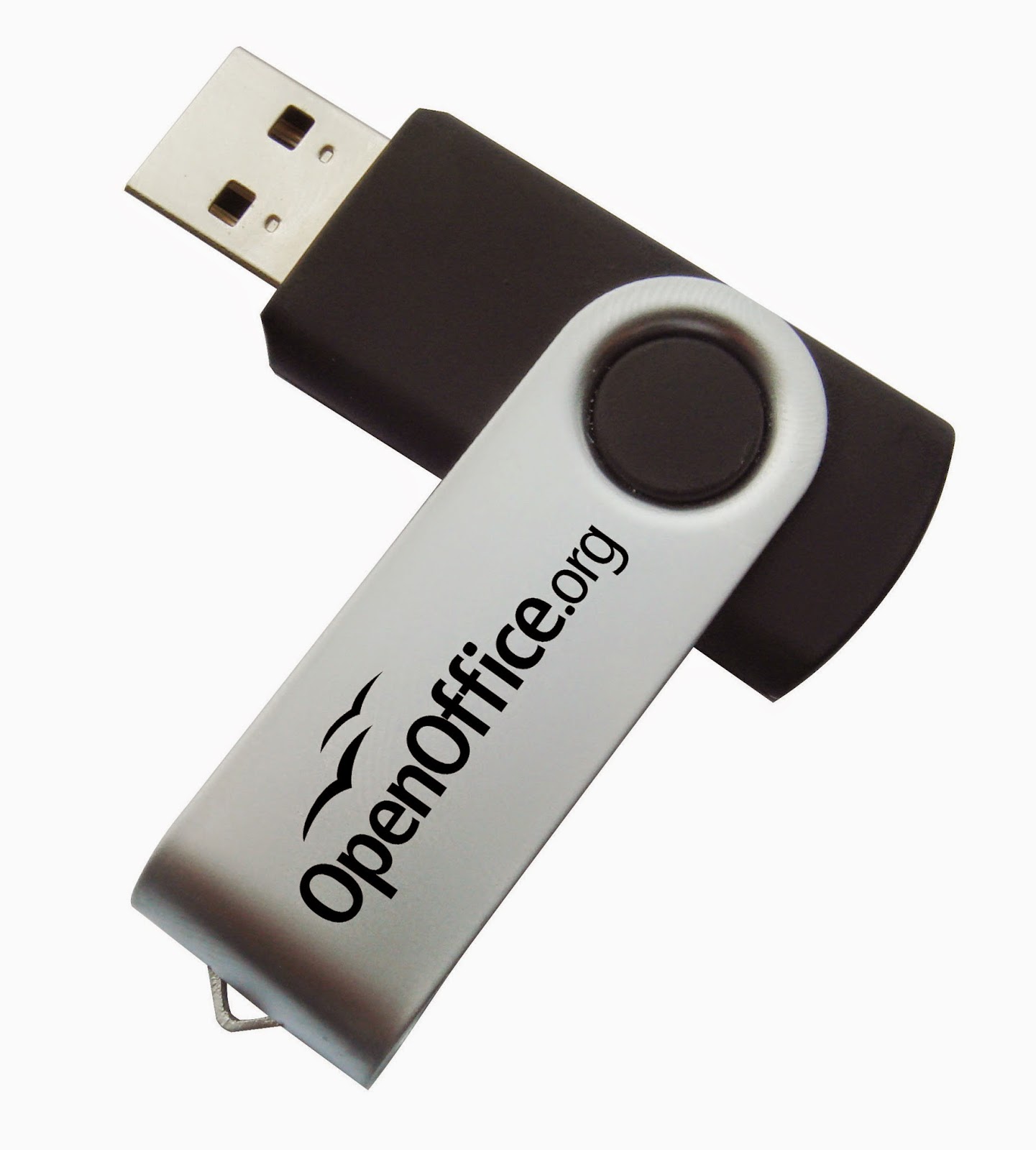If your computer develops a fault, before you go for professional computer repair, here are some easy tips to try yourself.
If your computer starts up
If your computer starts up normally, but then has a problem once it has started, such as the screen freezing or it is running very slowly, there are a number of tricks you can try.1) Restart your computer
This has become a cliché but it solves many desktop and laptop problems. It's quick and easy so is always worth trying first. If your computer screen has frozen you can usually force a shut down by holding down the power button until the computer turns off, then start up again.If it won't turn off, you can force a complete shut down - with a desktop PC by turning off the power at the mains and a laptop by removing and replacing the battery.
2) Back up your files
Even small problems, such as your computer running slowly, could be symptomatic of a bigger issue. To avoid losing important files and photos if the problem escalates, back up all your files3) Run computer security checks
 If things aren't working as
smoothly as they should or you're frequently experiencing problems, run a
security software update. Some particularly malicious malware or
viruses can stop your computer from starting, but more commonly they
will just make your system sluggish. A security scan will put your mind
at rest and will let you rule out malicious attacks at an early stage.
If things aren't working as
smoothly as they should or you're frequently experiencing problems, run a
security software update. Some particularly malicious malware or
viruses can stop your computer from starting, but more commonly they
will just make your system sluggish. A security scan will put your mind
at rest and will let you rule out malicious attacks at an early stage.4) Remove recently installed programs
If your computer has problems just after you've installed a device or a software program – whether you've installed it from a disc or downloaded it from the internet - uninstall the last piece of software you put on your system. To do this safely and fully, go to the Windows Control Panel (accessed from your Start menu) and select 'Add or remove programs'. Once you've uninstalled the program, check for improvement. If everything's working OK again, you can try reinstalling.5) Don't use more than one antivirus program
It's vital to protect your computer with appropriate security software. But running two antivirus programs on your computer – for example, running Microsoft windows 8 Security, which comes free with Windows, and then installing an extra antivirus program from a company such as McAfee or Norton – can cause conflicts on your computer. This can make your computer sluggish and at worst can cause computer crashes.6) Check for and install Windows updates
This is a straightforward way to ensure you are up to date and should improve the performance and reliability of your computer. You can set your computer up to check for and install Windows updates automatically. If you haven't already been running updates regularly then it may take some time to download all updates, but it's worth it.7) Carry out a system restore
This is a powerful and effective tool and will fix many PC problems by reverting your computer system to the last state in which it was working well. Go to Start> All Programs> Accessories> System tools> System restore or in Windows 7 just enter 'system restore' (no quotes) in the search box.Once you are in the main window, if you have an available restore point the date will be highlighted in bold. Click that date and simply follow the step-by-step wizard that will take you through the process and will even restart the computer for you. If it has restored successfully you will get confirmation.
8) Conduct a system repair
You will need your original Windows operating system disc for this. Put your disc in the disc drive and restart your computer. When the computer turns on, you will see an on-screen menu with a number of options. Select the repair option - in Windows XP you do this is by pressing 'R'.WARNING - DO NOT select the option to install Windows –
if you do so and proceed with a full Windows installation, it will wipe your drive and re-install Windows from scratch. This will lose all of your data. Using the repair option will not affect your data, but to be on the safe side, back up your files before trying this method.
 If your computer won't start up
If your computer won't start up
Even if your computer won't start properly - or at all – you may still be able to fix the problem yourself.1) Check your connections
If you've got a desktop computer, you may be having computer problems because one of the cables inside the machine has become loose, particularly if you've moved your computer around recently. Open up the desktop casing (not the monitor) – you'll probably need a screwdriver. Check that all the cables are firmly pushed into their appropriate sockets. Laptop loose connections are less likely, but if you've recently installed new memory it's worth making sure that you've firmly connected it.2) Check your laptop battery's OK
If you're running your laptop off its battery, try plugging it into the mains power – if it starts working it's probably time for a new battery.3) Start up in safe mode
Try starting up in 'safe mode'. To do this, as soon as you switch on, repeatedly press the F8 key. You will be presented with an on-screen menu. Select 'safe mode' – this should allow you to start up your desktop and in most cases will allow you to investigate further, including running a security scan.if you need any help don't hesitate to contact us...













